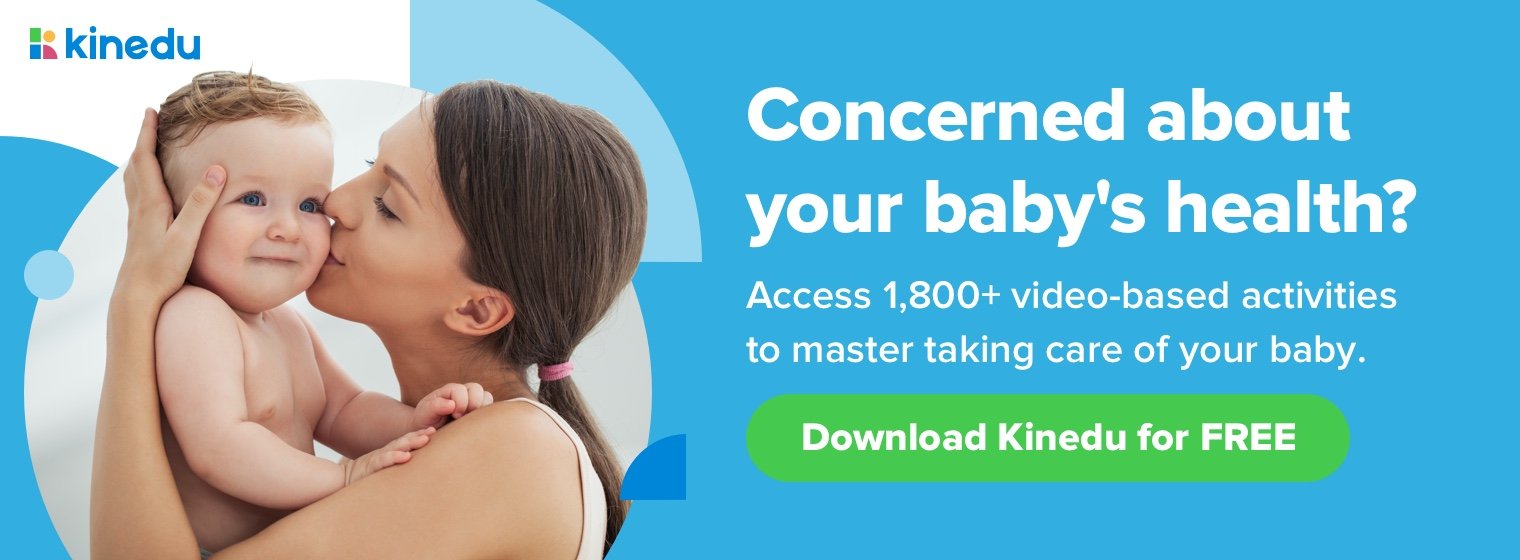Key points:
- The article provides tips for parents to help their children who are excessive droolers, suggesting that they visit an ENT first to rule out physical factors.
- The author recommends encouraging a “closed mouth posture” by encouraging nose breathing as it leads to better oxygen and CO2 levels, improves oral hygiene, and helps avoid behavioral and speech issues.
- The article emphasizes that wiping drool from the bottom lip up, consistency in reminding phrases, and involving family members and caregivers are key to helping children build better habits.
Drooling is one of those wonderful stages that all children trek through. However, sometimes our tiny friends drool too much or for too long. If your child is drooling excessively, it’s time to check in on this behavior. It is best to visit your ENT doctor first so that they examine all of the physical structures closely. In the meantime, here are my favorite tips & tricks for our drooly loves!
Close It Up
If our mouth is closed, we are less likely to drool! I call this a “closed mouth posture”. This means that your child has closed lips and is breathing through their nose. Our noses are wonderfully designed for filtering (thank you, nose hairs), warming, moisturizing, and smelling the air we breathe. The nose is also equipped with mucus that captures and kills germs. Nose breathing ensures proper balance of oxygen and CO2 levels in our bodies (mouth breathing usually leads to hyperventilation). The little ones that breathe through their mouth often snore at night, get more colds, feel fatigued, and are at risk for crooked teeth. Research has also linked mouth breathing with behavioral difficulties, learning deficits, and speech errors. Once you consult with the ENT and ensure that there are no physical factors interfering with your child’s ability to use a closed mouth posture, it is simply a matter of building a better habit!
Stock Up on the Right Supplies
- Sweatbands
Wrist sweatbands are a great trick for kids that drool. They should fit comfortably on their wrists and last for a good portion of the day. This way your child has more control in wiping their own mouth throughout the day. You may need to give gentle reminders when you see a wet chin, however it shouldn’t take long for them to take the reigns! Ideally, we want our children to start to feel the difference between a dry chin and a wet one. If we allow their chins to be wet all day, they will become accustomed to that feeling. We want to keep it as dry as possible, so that they can feel when the saliva starts to drip.
- Timers & Watches
Some children need reminders to “swallow” when saliva builds up. You don’t want to have a timer going off all day, so it’s best to pick a time when the drool is usually heavy. Perhaps when you two are playing 1 on 1 for an hour or so, have a timer as a ‘swallow reminder.’ The amount of time between reminders will depend on your little one, so it’s best to start with trial and error. Pick the time that is a few seconds before the drool starts to escape from the lips so that they have time to swallow successfully. If your child is old enough, you can use a timer stopwatch that they wear on their own wrist to remind themselves. The goal is that your child starts to swallow on their own once the habit is built.
- Straw Cups
It is preferred to have your little one use a straw cup, and get rid of the sippy cups & pacifiers. These two prolong the immature sucking pattern that we want to move away from. Straws on the other hand promote better lip closure, drinking patterns, and tongue movement. The pattern we use when drinking from a straw is the same pattern we use to “catch” the saliva that drops from our mouth. I also like to use varying temperatures with straw cups. We want to increase our children’s awareness and icy cold water will surely do the trick!
Humming
Humming is a quick & easy activity to do throughout the day. Humming provides a nice, closed mouth posture and the vibrations increase sensation and awareness. You can hum along your favorite songs or make silly sounds using humming noises. With older children you can play a guessing game where you take turns humming a song so that the other has to guess which one it is.
Wipe It Right
Yes, there is a preferred way to mop up drool. It is simple though, I promise. You want to start under the bottom lip and wipe up toward the top lip to help promote a closed mouth posture.
Consistency Is Key
Reminders are a big part of the drool-fixing world. But it will be worth it when the proper habits have been built and you see a dry mouth. I am a big fan of consistency because it makes a huge difference in the speed at which we accomplish our goals. The more consistent we are, the faster we will see lasting progress. You can use 1-2 key phrases that feel comfortable throughout the day. For example, you can use, “close lips” when you see your little one with an open mouth. You can try, “catch it” when saliva has built up on the lips, but there is still time to suck it back and swallow. I also use, “lick your lips” for some children because it is an easier direction. You know your child best and can pick any phrase that feels right for you. It is also a team effort, so get siblings, family members, caregivers, teachers, and friends involved -we are all in this together!

Molly Dresner is a Speech Language Pathologist based in New York City.
She recently authored The Speech Teacher’s Handbook, an engaging parent guide that includes practical and easy-to-follow tips and activities to help you help your little one!
You can find her on Instagram @thespeechteacher where she posts daily pops of knowledge and connect with her on her site as well as Facebook.








